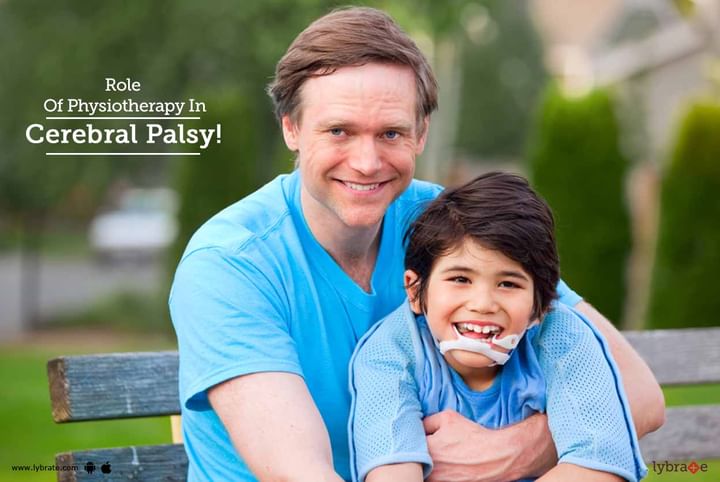Role Of Physiotherapy In Cerebral Palsy!
What do we mean by the term cerebral palsy?
A cerebral palsy is a group of permanent movement disorders that occur in early childhood. It is a neurological disorder that can occur due to many causes, such as hypoxia, injury, infection, hypoglycemia, or any other cause.
What are the symptoms of cerebral palsy?
Stiffness; tightness in the muscles of the extremities either upper or lower extremity; exaggerated movements; limited movements; abnormal gait; crossed knees; and abnormal reflexes are the common presentations of this disease.
How does physiotherapy help in cerebral palsy?
Physiotherapy is one of the best methods to assist patients with cerebral palsy. It helps in the following ways:
- By reducing the exaggerated tone of the muscle
- By enhancing the development of milestones
- By maintaining the muscle length
- By correcting the posture
- By improving activities of daily living
What are the goals of the physiotherapy in patients with cerebral palsy?
The main goals of the physiotherapy are as follows:
- To make the patient independent by improving functional mobility
- To strengthen and stimulate the growth of muscles
- To improve the ability to move parts of the body
- To prevent the joint stiffness and muscle atrophy (wasting of the muscles) of the limbs
- To improve the balance and joint stability
What methods are used in physiotherapy for the patients with cerebral palsy?
It includes following methods:
- Stretching exercises to improve the mobility of joints and soft tissues
- Use of toys and games to make the therapy enjoyable for the child
- Use of special positions, exercises, and cushions to maintain the natural position
- Use of braces, casts, and splints to straighten the joint, support the joint, and to manage uncontrolled limb movements
- Use of a special plastic jacket to prevent exaggerated curvature of joints
- Use of equipment for constraint-induced movement therapy, to improve movements through presenting interesting activities, and giving praise and rewards when a child makes attempts to use the less-functioning muscles
- Use of tilt-tables and standing frames
- Serial casting to increase the range of joint motion and repeated applications of casts, typically every one to two weeks to restore it
- Passive stretching or prolonged manual stretching by using the effect of body weight and gravity or mechanically with a machine or splints
- Use of exercise balls, resistance bands, free weights, swimming pools, and hot and cold packs
- Electric stimulation to improve gait and upper limb function
- Hyperbaric oxygen therapy to improve the oxygen supply to the surrounding neurons
- Use of an ankle-foot orthosis (AFO) in foot drop to prevent tripping over the toes
- Use of walkers also may be prescribed to enhance mobility



+1.svg)
